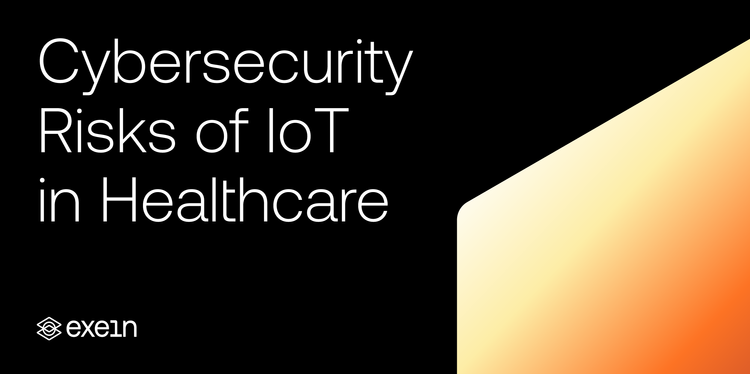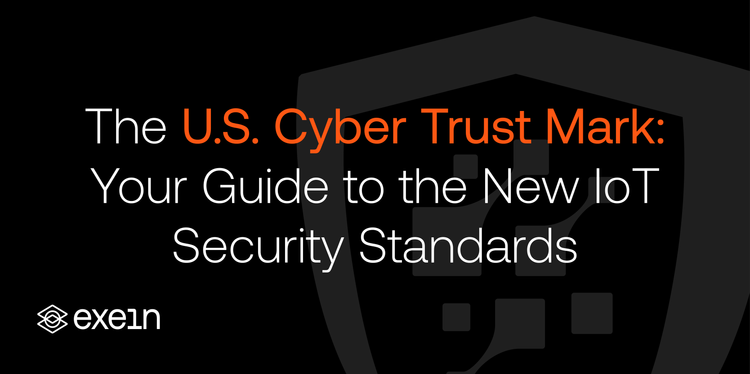The New Frontier: Navigating IoT and ICS Security

The industrial world has witnessed a significant transformation with the integration of Industrial Control Systems (ICS) and the Internet of Things (IoT). This convergence has propelled industries into an era of unprecedented efficiency and innovation. However, it also exposes these critical systems to a host of cyber threats. As the stakes are incredibly high, embedded security has emerged as the guardian angel for ICS. This article will explore the unique challenges posed by the integration of ICS and IoT, and explain how embedding security directly into the hardware and firmware of devices guarantees their safety.
The Intersection of ICS and IoT
ICS, encompassing SCADA systems, DCS, and PLCs, are the lifeblood of industrial operations. SCADA (Supervisory Control and Data Acquisition) systems are used for collecting and analyzing real-time data. DCS (Distributed Control Systems) manage the entire process of an industry, making sure everything is running smoothly and efficiently. PLCs (Programmable Logic Controllers) are used to automate specific processes like machinery operation or production lines. Together, these components ensure stability, controllability, and automation with minimal human intervention, optimizing operations and minimizing costs.
IoT, on the other hand, involves interconnecting devices, sensors, and actuators over the internet. This enables real-time monitoring and remote control of assets, which is crucial for optimizing operations, reducing downtime, and enabling predictive maintenance. Devices and sensors can collect data on everything from machine performance to environmental conditions, and actuators can make necessary adjustments automatically or under remote control.
The fusion of these two technologies has resulted in a synergistic relationship, transforming traditional industrial operations into smart, agile, and innovative environments.
A SCADA system can monitor the performance of a machine, while IoT devices can provide additional data on environmental conditions, which can be used to optimize the machine's performance and prevent breakdowns.
However, this interconnectivity also implies that ICS is now part of the broader IoT landscape, making it susceptible to the same cyber threats that afflict IoT devices. For example, an attacker who gains access to a network could potentially control not only the IoT devices but also the ICS components, leading to disastrous consequences. Moreover, the data collected by IoT devices could be intercepted or manipulated, leading to incorrect decisions or actions by the ICS components. Therefore, while the integration of ICS and IoT brings many benefits, it also presents significant security challenges that must be addressed to ensure the safety and efficiency of industrial operations.
Unique Challenges and Tailored Strategies
Protecting ICS and IoT involves navigating a set of unique challenges. These systems often consist of a mix of old and new technologies, with legacy systems not designed to counter modern cyber threats. Additionally, the operational requirements of critical infrastructure sectors, such as continuous uptime in power plants and manufacturing facilities, make it challenging to apply standard IT security practices like regular patching and maintenance downtime. Moreover, a cyber attack on ICS can have catastrophic consequences, potentially leading to physical damage, environmental harm, or loss of human life.
To address these challenges, security strategies for ICS and IoT must be tailored. Embedded security for IoT devices, industrial-specific firewalls, intrusion detection systems that can identify ICS-specific attacks, and proper network segmentation are essential measures. Regular training of personnel to recognize and respond to potential threats, as well as thorough testing and validation of security measures, are also crucial components of a comprehensive ICS cybersecurity strategy.
Embedded security for IoT devices ensures that the security features are directly incorporated into the hardware and firmware of the devices.
This includes secure boot processes, hardware-based authentication mechanisms, encrypted communications, regular device integrity checks, and network segmentation. These measures provide a robust and tamper-resistant form of protection, preventing the loading of malicious code, unauthorized access to sensitive data, and minimizing the impact of a potential breach.
Industrial-specific firewalls are designed to protect the network perimeter of industrial environments. These firewalls are equipped with deep packet inspection capabilities that can identify and block industrial-specific protocols and attacks. Intrusion detection systems (IDS) monitor network traffic for suspicious activities and alert the security team to potential threats. An IDS designed for industrial environments can identify attacks specific to ICS, such as attempts to modify control logic or send unauthorized commands to devices.
The integration of ICS and IoT has propelled industries into a new era of efficiency and innovation.
However, the interconnectedness also presents significant security challenges. Embedding security features directly into the hardware and firmware of devices is vital to guarantee their safety. By implementing robust embedded security measures and following tailored security strategies, organizations can harness the full potential of ICS and IoT while ensuring the security and integrity of their critical infrastructure.




